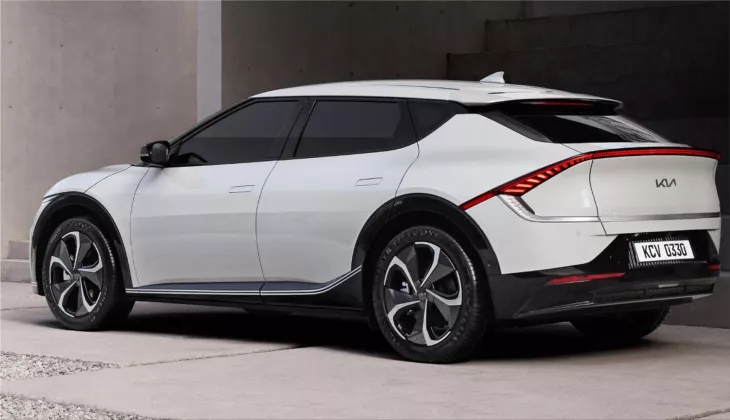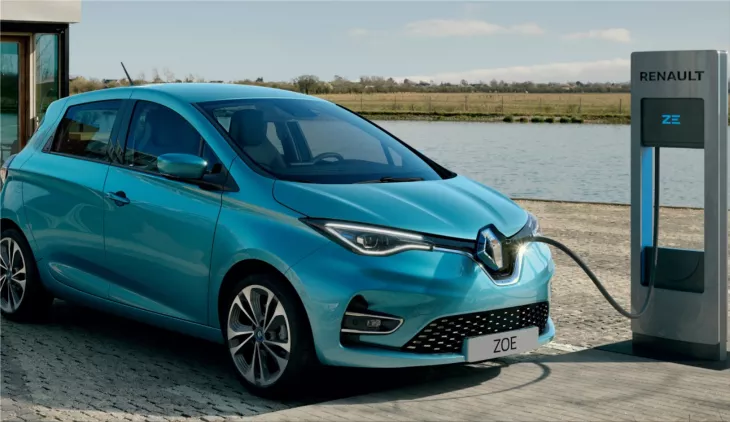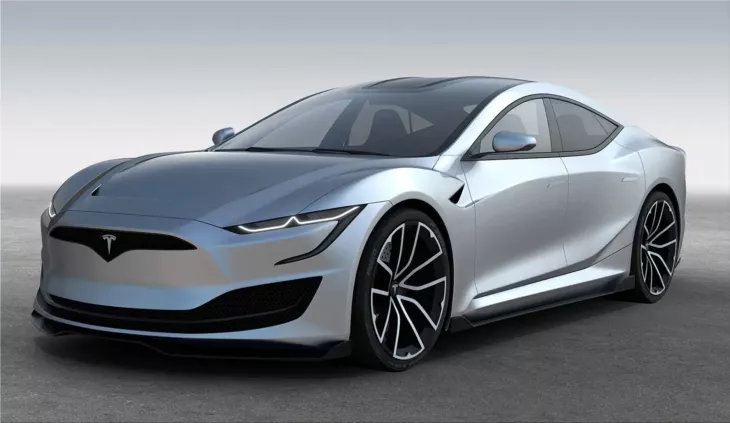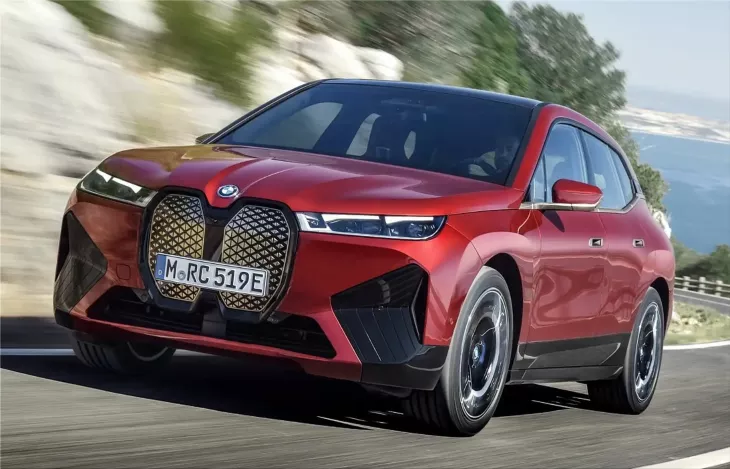As the focus of the global transportation sector turns toward more environmentally responsible modes of transport, the question of how to encourage the widespread use of electric vehicles in poorer nations is becoming more pressing. Despite substantial evidence of electric vehicles' positive effects on the environment and economy, their adoption still needs to grow in poorer countries.
The lack of infrastructure to support electric automobiles is a significant barrier to their introduction in poorer countries. An electric vehicle charging infrastructure that is both convenient and dependable is essential. However, many developing nations need the infrastructure to support such a network, and the price of constructing it may be beyond reach for the majority of the population. Furthermore, many third-world countries need to develop electrical infrastructure that can handle the surge in demand that electric automobiles would cause.
The high price of electric cars is another barrier to widespread use in developing countries. In underdeveloped countries with lower salaries, electric vehicles are more expensive than gasoline-powered ones. As a result of their high price, electric vehicles may only be widely adopted by some of the public.
Despite these challenges, several factors point to a bright future for electric cars in low- and middle-income countries. The first is that electric vehicle prices are falling as technology advances and economies of scale are realized. Because of this, in the not-too-distant future, electric cars will be within reach of more individuals in less-developed economies. Electric vehicles have many advantages, and governments in many developing nations are beginning to notice this and take action to encourage their citizens to embrace them. Some governments, for instance, promote the adoption of EVs by providing financial incentives and constructing charging infrastructure.
The growing availability of electric cars tailored to the demands of emerging countries is also causing optimism. For the needs of city dwellers, for instance, some automakers are creating compact electric vehicles with lower price tags. Further, some businesses are creating electric vehicles focusing on the rural market, where charging stations are less widely available.
Many big brand names, such as Tesla, Nissan, and BMW, have entered the market of electric cars. They are investing a lot of money to promote the use of electric cars. For example, Tesla is building a factory in Shanghai, China, producing electric cars for the Chinese market. Additionally, Tesla is working to develop a network of charging stations in China.
In conclusion, problems such as a lack of infrastructure and expensive cost work against the widespread use of electric cars in underdeveloped nations. There are, however, some reasons to have hope for the development of electric vehicles in these nations. Electric cars are becoming more affordable, governments are beginning to encourage their adoption, and vehicles tailored to those living in developing countries are already in the works.
Electric cars have the potential to reduce greenhouse gas emissions, improve public health, and lessen reliance on fossil fuels; thus, governments, businesses, and nonprofits must collaborate to promote their widespread adoption in developing nations. Increasing R&D, offering tax incentives, constructing charging infrastructure, and conducting public awareness campaigns are all ways to accomplish this goal. Developing countries and the world may work toward a more secure transportation future if we take this approach.







































